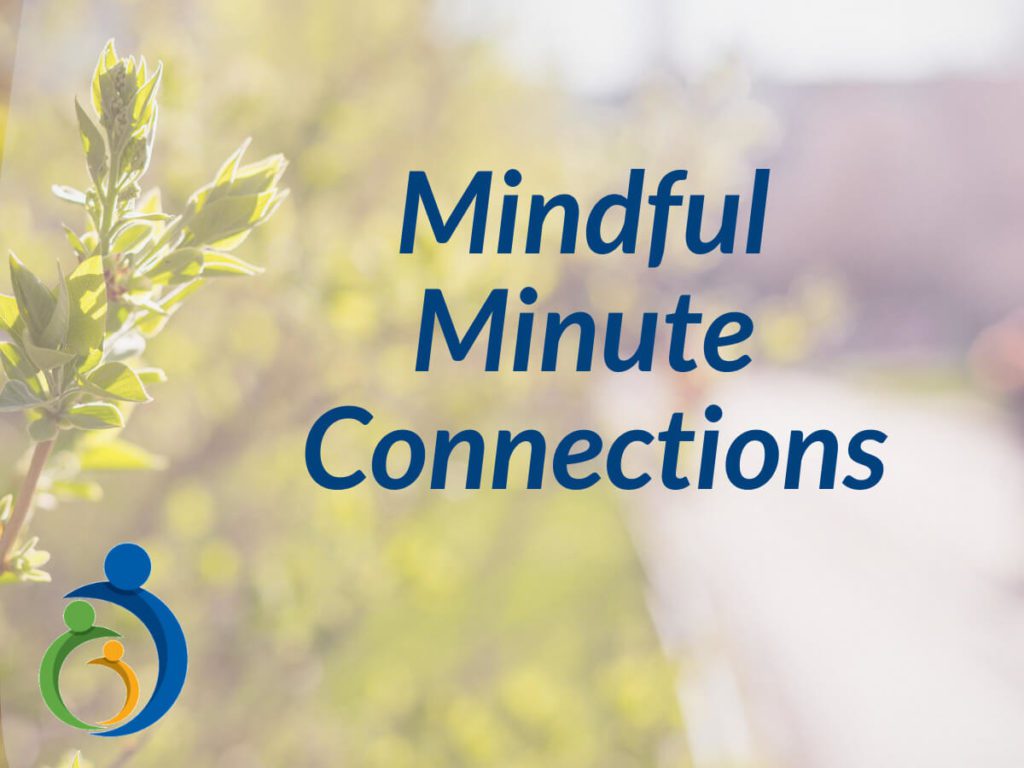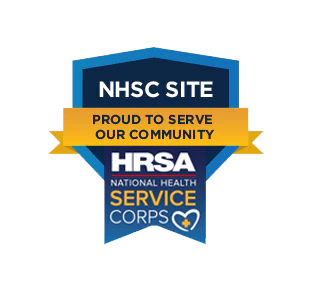
This blog post was written by Lindsey Anderson, MSW, LCSW-IT, a Behavioral Health Therapist at the Beloit Area Community Health Center.
Drawing the Yellow Line to Set Boundaries
As we travel through life, we can lose sight of our boundaries, limits, expectations, and our basic right to say no. Personal boundaries can be difficult to navigate but setting clear and defined boundaries will allow yourself to experience a happier you.
Think of your boundaries as a yellow line that identifies your values, expectations, limits, and beliefs that make you who you are today. This yellow line is drawn between you and another person that tells them they cannot cross without your permission or saying “yes”. The line keeps you safe and happy, while it shows the other person how to respond/behave when you say “no” because you set the boundary from the start.
Benefits of setting healthy boundaries
- Good mental health
- Good emotional health
- Influence others’ behavior
- Avoidance of burnout
- Developed autonomy
- Developed identity
Unhealthy boundaries
Unhealthy boundaries occur when we do not identify limits and do not communicate with others. The yellow line does not exist, and the other person can cross your line without being told “no”, which can create unwanted emotions (anger, sadness, resentment, and fear) towards yourself and others.
How to set healthy boundaries
1. Assertive communication
Being able to define our boundaries in a clear way to communicate them to others. Using “I feel” statements can get the message across in an assertive way without the person feeling attacked.
For example: I feel __________ when __________ because
2. The basic right of saying “no”
We want to please others and make them happy. We do this so often that we do not realize we are making ourselves unhappy along the way. For example: when you let your friend know that you cannot attend the party, but you tell her you have plans to watch a movie and put on a face mask. Your friend begs and makes you feel guilty.
You do not have to explain why you are saying no. “I am not able to attend, but I appreciate you asking.”
If you say yes, are you putting your needs first? What message am I sending to my friend?
3. Creating a safe space
Setting boundaries can include physical, spiritual, time, space, energy, and emotional. While establishing guidelines and limits in these boundaries, be sure to create a safe space or safeguards. This can be:
- Set a specific schedule at home and at work
- Put your phone on silent while having self-care time
- Budget money and time
- Keep personal items for your eyes only
- When you want to give and receive physical touch
4. Listen to your gut and practice, practice, practice!
Evaluate
Boundaries are in place to help us be self-aware of ourselves and our relationships. Boundaries are important for self-care and making yourself a priority, rather than feeling taken advantage of. If you are feeling like you are being taken advantage of, unhappy, resentful, insecure in relationships, or losing sense of identity, evaluate to see if you have a yellow boundary line.
Ted Talk
References
- Healthline. 2020. The No BS Guide To Setting Healthy Boundaries In Real Life.
- PositivePsychology.com. 2020. How To Set Healthy Boundaries: 10 Examples + PDF Worksheets.













